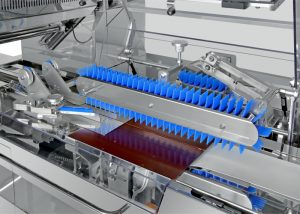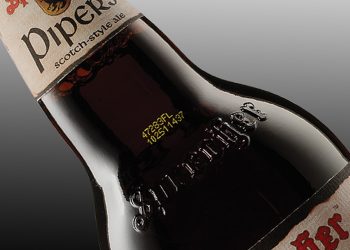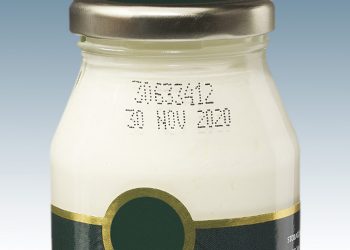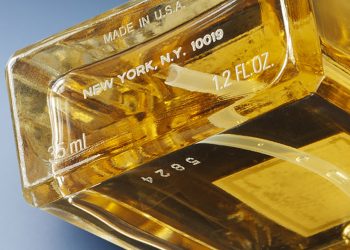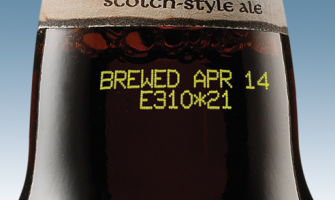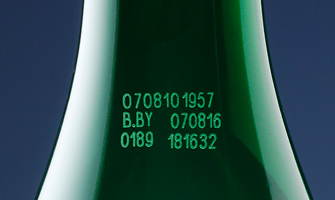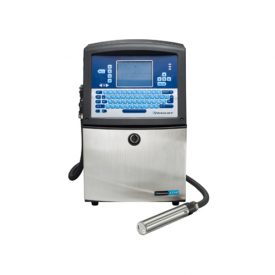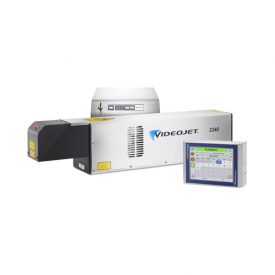Leverage Videojet Continuous Inkjet or Laser Technology for printing on glass
Glass bottles and containers remain a popular packaging option due to a number of reasons, including product differentiation and identification of a premium product. In addition, its reuse (returnable bottles) and recyclability make it an environmentally good choice. Glass bottles are popular for a variety of food and beverage products and those that require strong barrier protection.
Videojet offers a broad range of Continuous Inkjet (CIJ) and laser solutions for marking and printing on glass bottles. Pigmented inks are available for high contrast codes on dark colored glass bottles or clear bottles containing dark liquids. A unique ink formulation provides a high quality inkjet code that can also be easily removed for returnable bottle applications. Videojet laser systems deliver high resolution, permanent marks on nearly any type of glass container.

